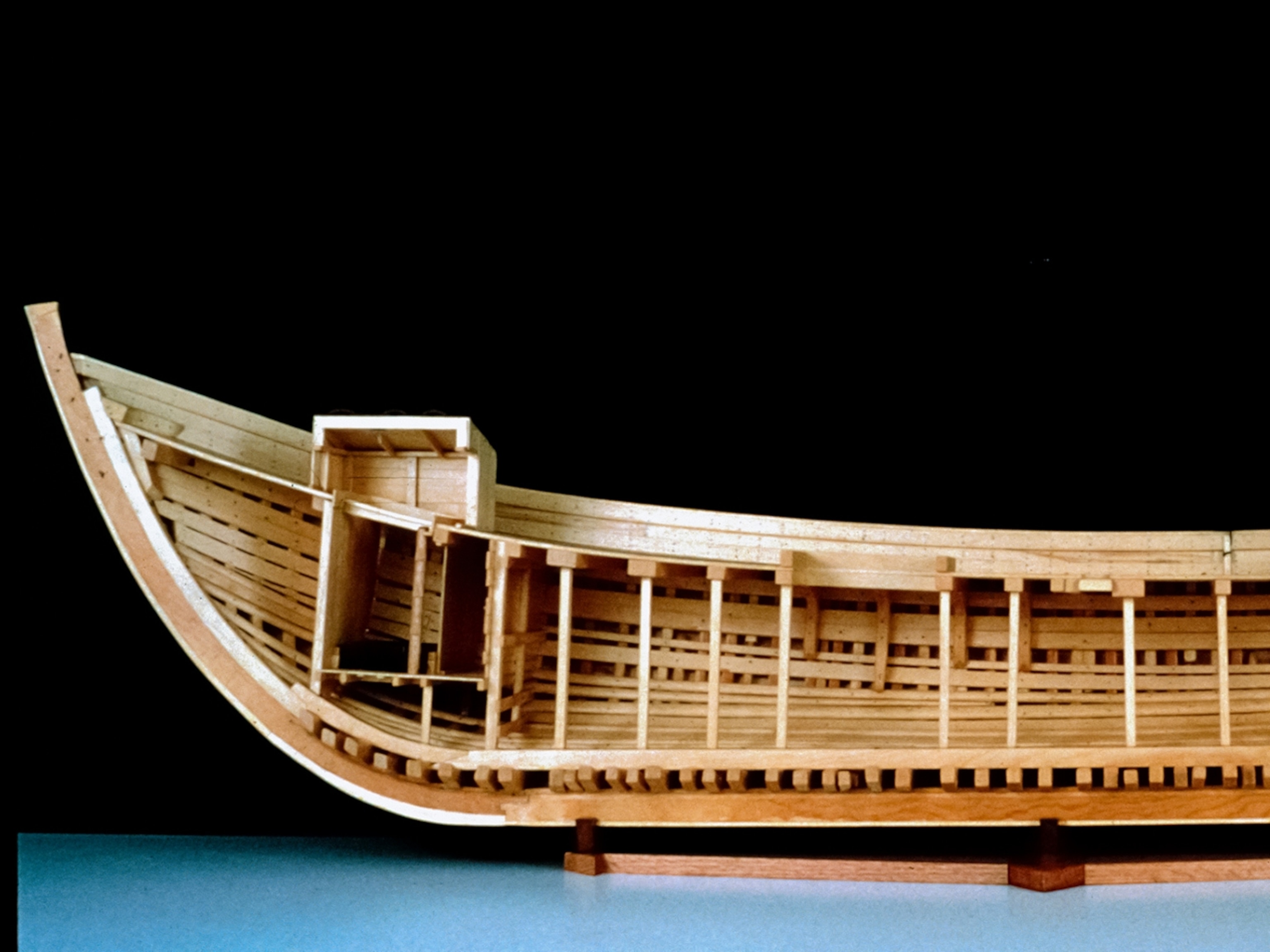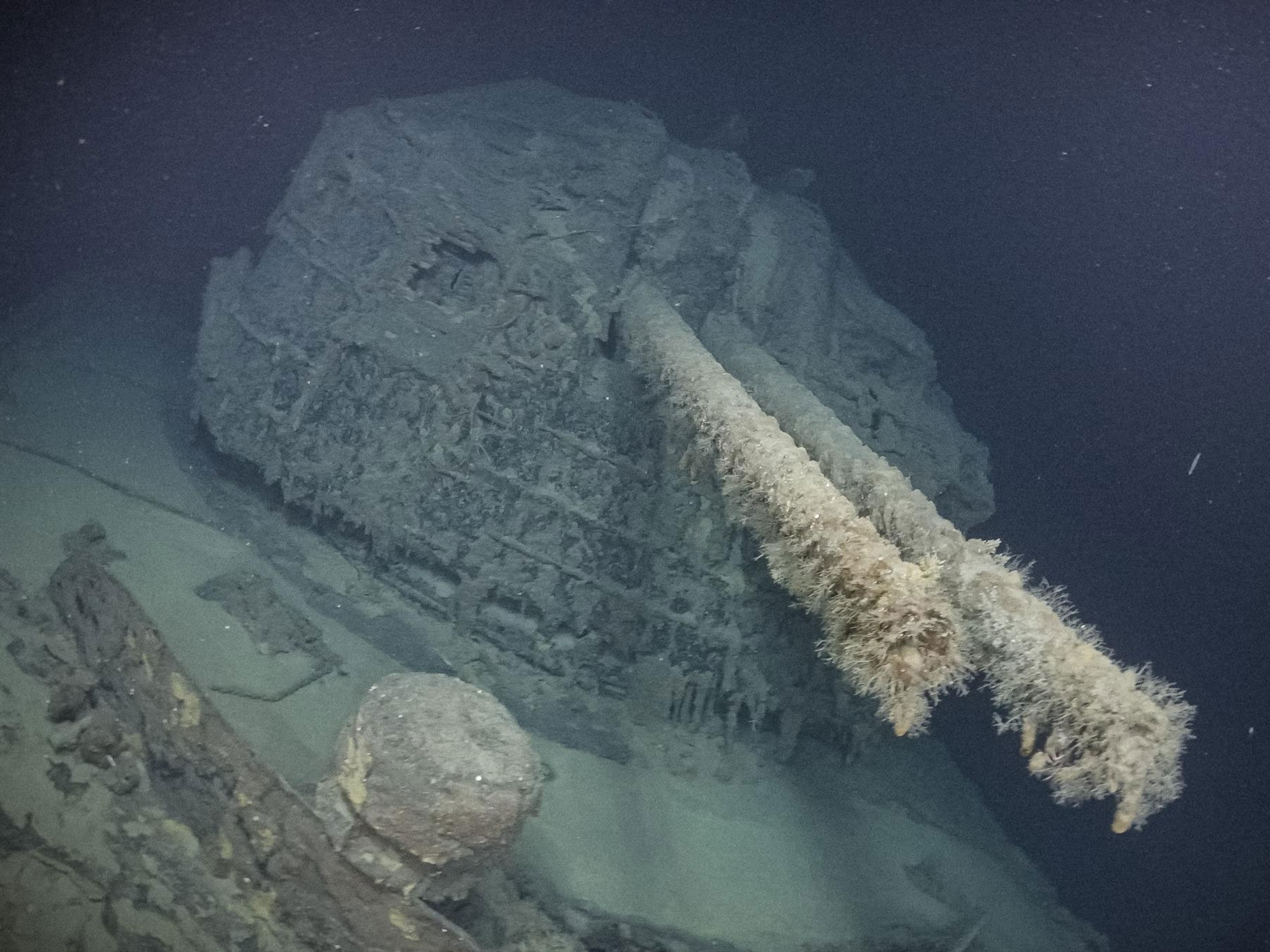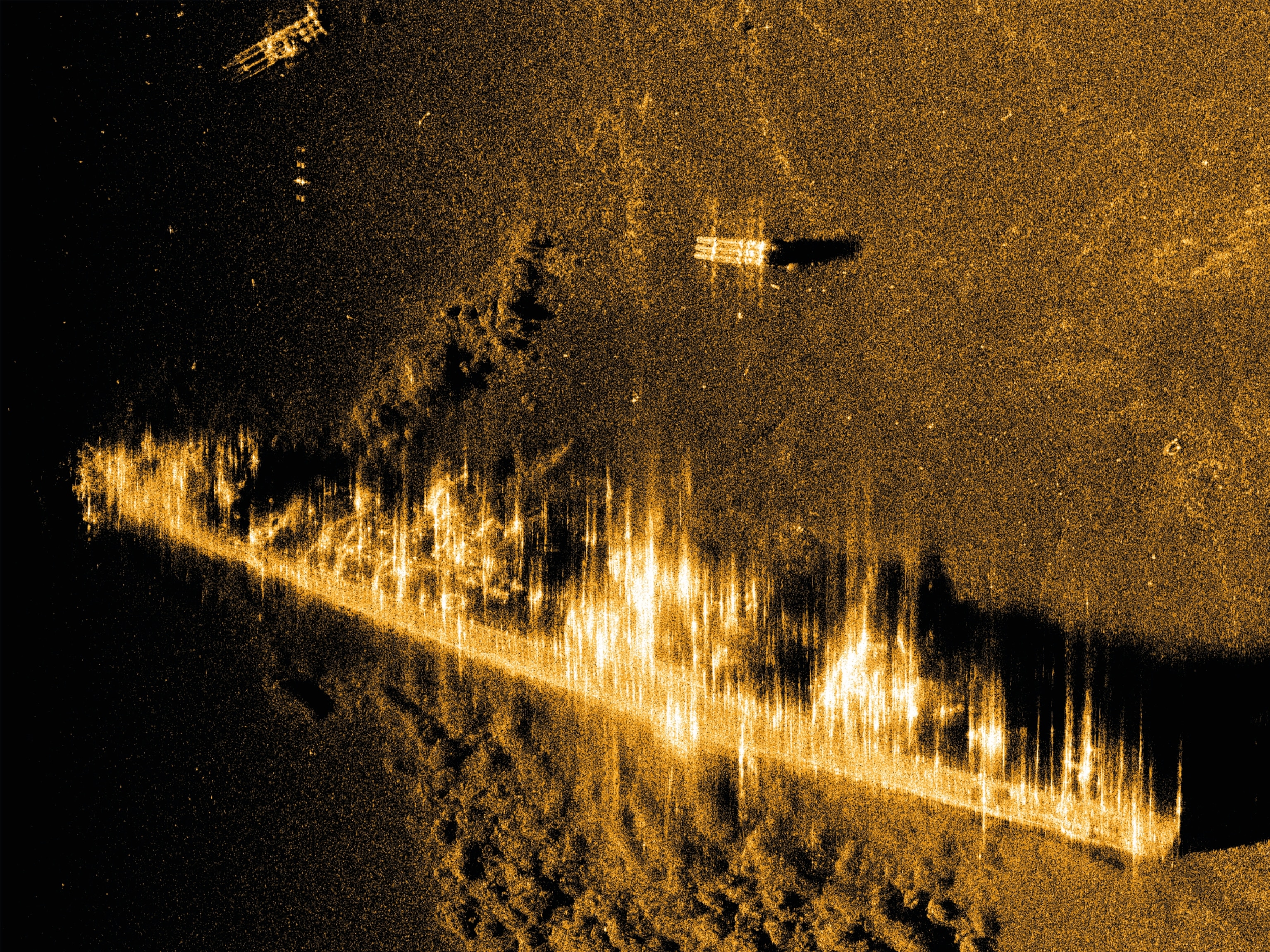A 150-year-old "working-class" shipwreck has caught the attention of the National Oceanic and Atmospheric Administration (NOAA), whose researchers recently spent two days documenting the wreckage and unraveling the tragic story behind the remains.
The Blake Ridge Wreck first raised eyebrows when it was first discovered in 2015, due to its size and location: It was a small vessel—no more than 70 feet long, requiring a crew of of just 3 to 5 people—found a startling 150 miles off the North Carolina coast in some 7,000 feet of water.
What was such a small ship doing so far from shore? Archaeologist Jim Delgado, former director of maritime heritage for NOAA, examined the wreck on a live feed broadcast from a deep-diving robot. He believes the vessel was running along the edge of the current-fed Gulf Stream, a route along which merchant vessels would move their wares over the centuries. “This wreck in some ways could be an archaeological survivor of a once-common activity, with ships, much like semis, traveling a highway regularly as part of a flow of commerce, trade, and activity,” he says.
Artifacts spotted on the shipwreck reveal intriguing hints about the ship and its crew. A pile of bricks marks the spot where the crew would have prepared meals in a small hearth. (A proper stove would be common on better-outfitted ships.) Conch shells clustered in the stern, where the crew cabin would have been, may have been collected for food or souvenirs from a port in Florida or the Bahamas. The robot's camera was also able to focus on a small comb, a sewing kit, a wine bottle, a delicate vase. In the sediment nearby lay an octant, once used to navigate the small ship.
There is no apparent cargo; it may have been perishable and dissolved long ago in the sea.
While Delgado concedes that we'll never fully know the story of this little ship, he admits that he got a little contemplative while watching the remains of the wreck unfurl across his computer screen.
“History is about people—most of us not powerful—and this wreck is likely a reflection of the reality of how the vast majority do what they have to and work hard, in difficult circumstances, and at times in harm's way,” Delgado says.
“Because there is no other choice than to get up and go to work … or to sea.”





